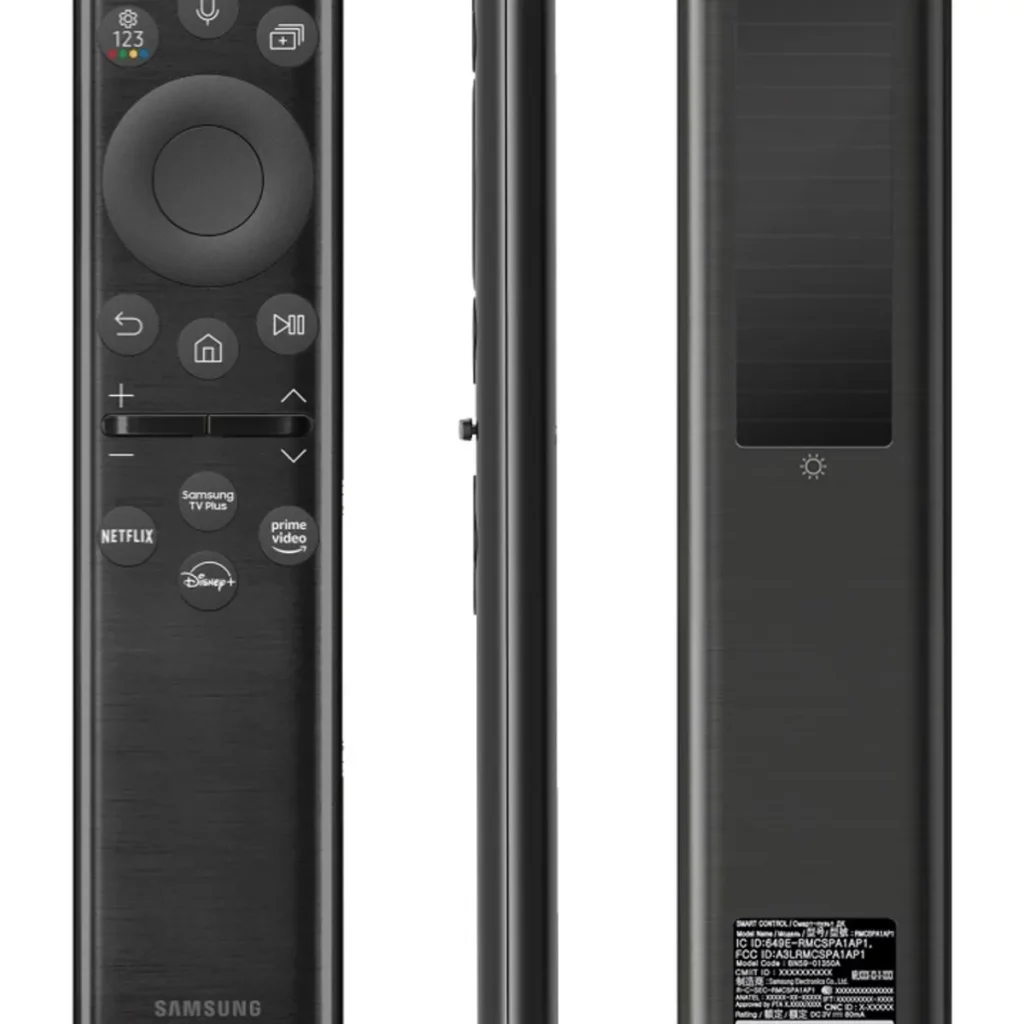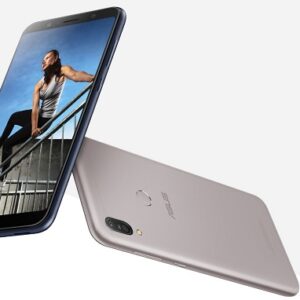
The Samsung Solar remote is an innovative answer to eco-friendly living in the world of solar-powered products. However, a non-responsive solar remote might be perplexing. This article goes into the complexities of troubleshooting your Samsung Solar remote and offers practical methods to guarantee that your solar-powered control remains efficient and dependable.
What are the Causes of Samsung Solar Remote Problems
Inadequate exposure to sunlight
The essence of a solar-powered remote is to capture sunlight. A remote that does not receive enough sunlight may struggle to start up and function properly.
Battery and Charging Problems
Even with plenty of sunlight, battery concerns might impair the remote’s effectiveness. The rechargeable battery’s capacity to retain energy may diminish with time.
Firmware and Connectivity Issues
In the digital age, connectivity glitches can occur. If the remote’s firmware is outdated or if it loses synchronization with connected devices, you might experience functionality problems.
Troubleshooting Steps for Samsung Solar Remote Not Working
Optimizing Solar Exposure
Start by evaluating the positioning of the remote’s solar panel. Ensure it’s placed in direct sunlight, free from any obstructions. Dust and dirt accumulation can also reduce solar panel efficiency.
Maintaining Battery Health
Examine the rechargeable battery’s condition. It may not retain a charge adequately if it is old or damaged. To get the most out of your battery, make sure you charge it properly.
Updating Firmware and Reconnecting
Check for firmware upgrades by going to the remote’s settings. An out-of-date firmware version may cause compatibility concerns. Also, make sure your remote is correctly synchronized with the devices it controls.
Advanced Solutions for Persistent Issues
Replacing the Solar Panel or Battery
Consider replacement alternatives if the remote’s solar panel or battery is beyond repair. Identify the replacement components and get expert installation help.
Contacting Samsung Customer Service
If your efforts provide no results, please contact Samsung support. If your remote is under warranty, you might be eligible for free repairs or replacements. Their expertise can guide you through complex issues.
Maximizing the Performance and Lifespan of Your Samsung Solar Remote
Regular Maintenance
Periodically clean the solar panel to ensure optimal sunlight absorption. Dust and debris can accumulate over time, hindering the remote’s ability to charge.
Proper Usage Habits
Avoid exposing the remote to harsh weather conditions, such as extended rain or high heat. When not in use, keep the remote somewhere safe and away from potential harm.
Firmware Updates: How to Keep Your Devices Current
Technology in the digital world is continuously evolving to provide new features, increased security, and improved performance. Firmware upgrades are an important part of this growth. Firmware is software that acts within physical devices, giving them with the instructions and protocols they require to perform properly. Firmware upgrades are critical for keeping your devices up to date and running smoothly. In this post, we’ll look at why firmware upgrades are important and how they function.
What Exactly Are Firmware Updates?
Firmware updates are software patches released by manufacturers to improve the performance and capabilities of physical devices. These updates may solve a range of concerns, such as security vulnerabilities, bugs, compatibility difficulties, and the addition of new features. Just like updating apps on your smartphone, firmware updates are a way to ensure that your devices remain current and functional.
Why Are Firmware Updates Important?
- Security Enhancements: Security is one of the most important reasons for firmware updates. New risks and weaknesses develop as technology improves. Firmware upgrades frequently include fixes to address security flaws that hackers may exploit. Firmware updates assist to safeguard your devices against cyberattacks.
- Bug fixes: Firmware, like any software, can contain flaws or glitches that affect device performance. Firmware upgrades frequently include bug patches, resulting in smoother functioning and the prevention of crashes or unexpected behavior.
- Compatibility: Devices must be compatible with the newest software and hardware when new technologies and standards emerge. Firmware upgrades may feature compatibility enhancements, allowing your device to communicate with other devices and applications more easily.
- New Features: Firmware upgrades are frequently used by manufacturers to offer new features or improve current functionality. These upgrades can improve the capabilities of your device and give a better user experience.
- Optimized Performance: Improved Efficiency, Speed, and Responsiveness: Firmware upgrades can also improve your device’s efficiency, speed, and responsiveness.
Conclusion
A Samsung Solar remote hints at a future powered by renewable energy. You may guarantee that your solar-powered remote stays a trustworthy companion in your eco-conscious lifestyle by following the troubleshooting methods and maintenance practices indicated in this article.
Frequently Asked Questions About Samsung Solar Remote Issues
Can I use the remote while it’s overcast outside?
While the solar panel on the remote is optimized for sunshine, it may still function in low-light conditions. On overcast days, however, charging efficiency will be lowered.
How do I know if my solar panel is working effectively?
Check the solar panel for dirt or obstructions. If it’s clean and placed in direct sunlight, it should absorb energy. You can also monitor the remote’s charging status in its settings.
Why is my remote still not charging after cleaning the solar panel?
If the solar panel is clean and properly exposed to sunlight, it’s possible that the battery has reached the end of its lifespan. In such cases, consider replacing the battery.
What’s the average lifespan of a Samsung solar remote?
A well-maintained Samsung solar remote can last several years. The lifespan depends on factors like usage, charging practices, and exposure to elements.
Is it possible to use regular batteries as a backup for the solar remote?
Most Samsung solar remotes are designed exclusively for solar charging. While using regular batteries might seem like a solution, it’s recommended to stick to the manufacturer’s intended power source for optimal performance.





